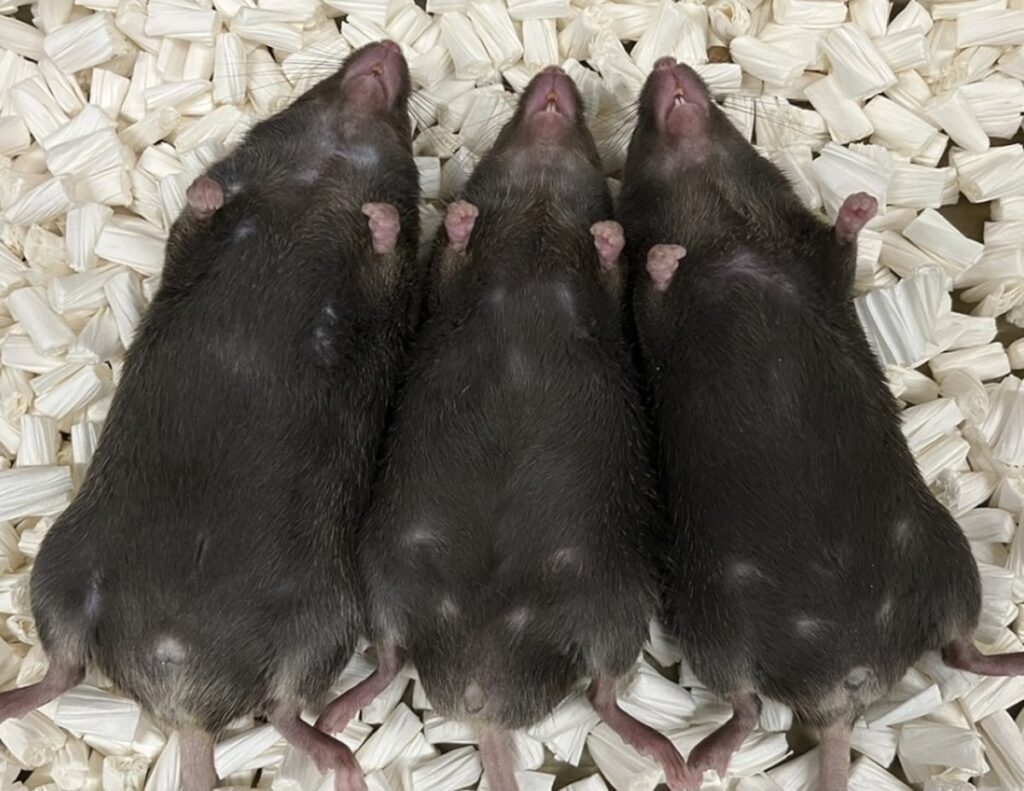
In a groundbreaking discovery, researchers have found that extremely low iron levels in pregnant mice can transform genetically male embryos into females. This revelation challenges the long-held belief that sex determination in mammals is solely dictated by genetics. The study, led by biologist Makoto Tachibana at Osaka University in Japan, was published in the journal Nature and has sparked significant interest in the scientific community.
The research demonstrates for the first time that an environmental factor can influence sex determination in mammals. Tachibana emphasized, “The most important implication of this finding is that environmental and metabolic conditions influence fundamental developmental decisions that until now were thought to be strictly determined by genetics.”
Challenging Genetic Determinism
Historically, textbooks have taught that sex determination in mammals is a genetic process. Males possess XY chromosomes, while females have XX chromosomes. However, this new study suggests that external factors, such as iron deficiency, can override genetic programming. The researchers discovered that reducing iron concentration by 60% at the cellular level can deactivate the testicular gene, leading to the development of ovaries in genetically male mice.
This phenomenon was observed in experiments where pregnant female mice with iron deficiency gave birth to six XY offspring with two ovaries and another intersex mouse with one ovary and one testicle. The study highlights that even small numbers of sex reversals indicate a significant impact on a developmental mechanism previously thought to be impervious to environmental influences.
The Role of Epigenetics
The study details how external factors influence fetal genetics through epigenetics, a collection of chemical marks sensitive to environmental factors that modify genome functioning. Low iron levels affect the enzyme KDM3A, which alters a chemical change that turns off the testis-producing gene SRY at the moment of sex determination. As a result, genetically male mice develop as females, a process previously thought impossible in mammals.
Implications for Human Health
Iron deficiency, which can lead to anemia, poses health risks for both mothers and babies. While usually manageable through diet or supplements, severe cases can increase the risk of miscarriage, perinatal mortality, and infections. Tachibana notes, “At this point, we don’t know if a similar process could occur in humans,” though he acknowledges the importance of investigating this possibility.
Francisco Javier Barrionuevo, a genetics professor at the University of Granada, underscores the study’s significance. “Discovering that something as mundane as iron concentration can cause a mammalian embryo to develop as a female is spectacular,” he explains. His research explores various biological components that could interfere with sex determination, including RNA sequences capable of causing sex reversal.
Expert Reactions and Future Research
In an op-ed accompanying the study, cellular biologists Shannon Dupont and Blanche Capel from Duke University praised the research. They noted, “This study provides clear evidence that variations in metabolism in the controlled uterine environment interface with the genetic sex-determination cascade and affect testis development.”
“Iron deficiency is a known factor that can affect the health of both the mother and the baby, potentially impacting their neurological development,” Dupont and Capel stated. They also pondered what other subtle effects this deficiency might have, suggesting the mother’s diet could influence not only sex determination but also other traits of masculinity.
Looking Ahead
This study opens new avenues for understanding the complex interplay between genetics and environmental factors in sex determination. It raises questions about the potential impacts of maternal nutrition on fetal development and highlights the need for further research in humans. As scientists continue to explore these relationships, the findings could have profound implications for reproductive health and developmental biology.
For more insights and updates on scientific discoveries, sign up for our weekly newsletter.






